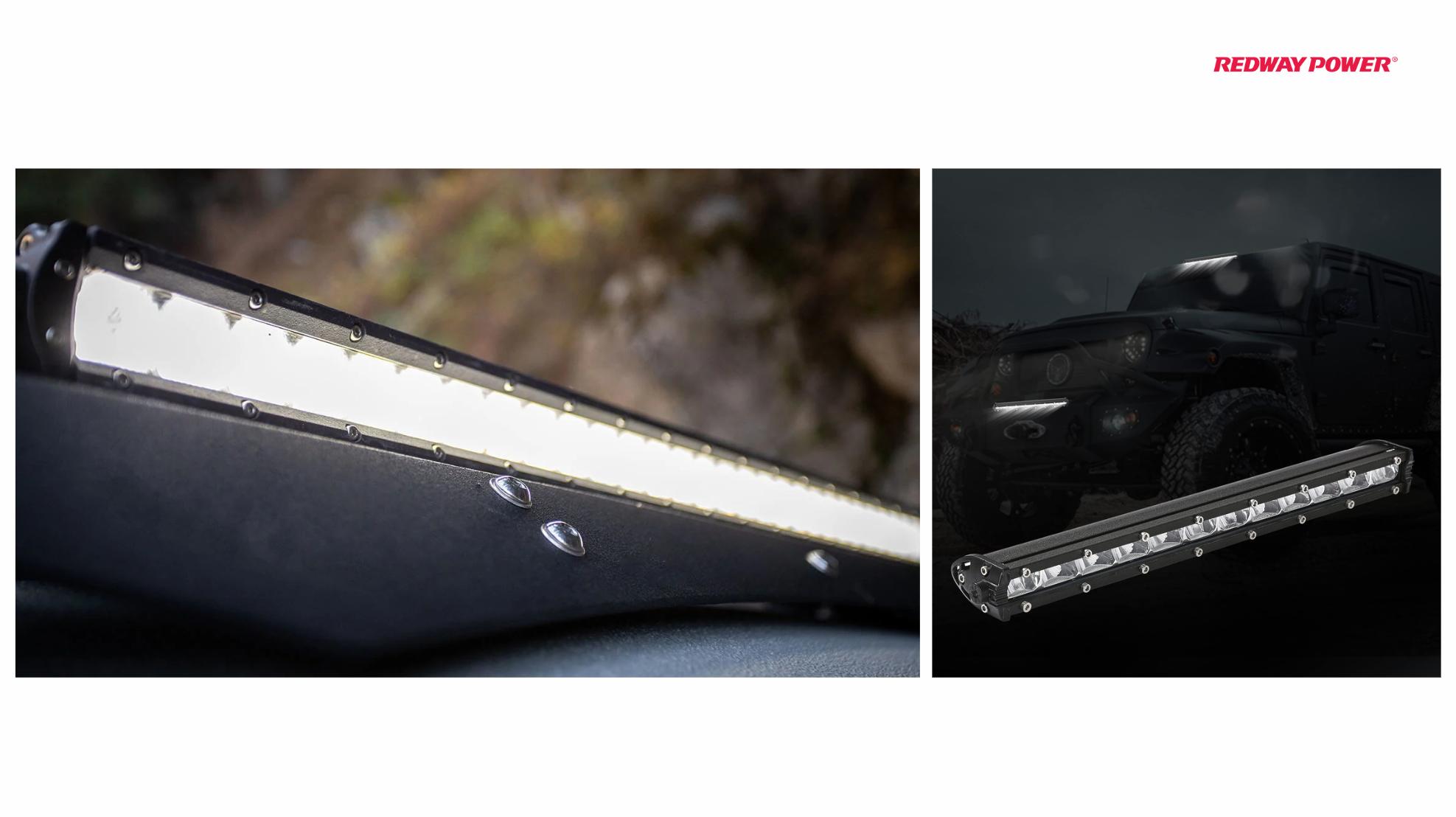Are ATVs Street Legal in Michigan? A Comprehensive Guide
ATVs are generally not street legal in Michigan unless they are specifically modified and registered for road use. They must comply with safety equipment requirements and can only be operated on designated roads.
Navigating the intricate web of vehicle regulations can be challenging, especially when it comes to understanding the legal status of all-terrain vehicles (ATVs) on public roads in Michigan. In this detailed guide, we will explore the nuances of ATV legality, focusing on how off-road vehicles (ORVs) can transition to street-legal status and the specific requirements and exceptions that apply in Michigan.
Understanding Michigan’s ATV Regulations
In Michigan, the rules governing the use of ATVs on public roads are multifaceted. Generally, ATVs are designed for off-road use and are not street-legal by default. However, there are provisions under which ATVs can be made street-legal. This typically involves a process that aligns with Michigan’s broader vehicle regulations and safety standards.
Transitioning ATVs to Street Legal Status
1. Assembled Vehicles and Title Requirements
Michigan law allows for certain types of assembled vehicles to be registered for on-road use. This category includes vehicles like dune buggies and ATVs that have been specially modified to meet road safety standards. To qualify for street-legal status, an ATV must be assembled and titled as an assembled vehicle.
2. Modifications for Road Use
To ensure that an ATV meets road safety requirements, significant modifications are typically required. These modifications often include:
- Lighting: ATVs must be equipped with headlights, taillights, brake lights, and turn signals.
- Mirrors: Side mirrors are required for visibility.
- Horn: A functioning horn must be installed.
- Safety Equipment: Adequate seat belts and other safety features must be in place.
- Tires: Roadworthy tires must replace off-road tires.
3. Registration and Insurance
Once an ATV has been modified to meet the road safety requirements, it must be registered with the Michigan Secretary of State. Additionally, it must be insured with a policy that meets the state’s minimum liability coverage requirements. This ensures that the vehicle is covered for any potential damage or liability while operating on public roads.
Local Ordinances and Restrictions
1. Local Regulations
Even if an ATV is registered and modified to be street-legal, local municipalities in Michigan may have additional regulations. These can include restrictions on where ATVs can be driven and specific hours of operation. It’s essential for ATV owners to check with local authorities to ensure compliance with these regulations.
2. Restricted Zones
Certain areas may have restrictions or prohibitions on the use of ATVs. This can include urban areas, residential zones, and other locations where ATVs may not be deemed appropriate for use. Understanding these local rules helps avoid fines and legal complications.
Golf Carts and Low-Speed Vehicles (LSVs) in Michigan
1. Legal Status of Golf Carts
Golf carts are generally not street-legal in Michigan unless they are modified and registered as assembled vehicles. Like ATVs, golf carts need specific modifications to be compliant with state road safety standards. These modifications include:
- Headlights and Taillights
- Turn Signals
- Reflectors
- Safety Belts
2. Low-Speed Vehicles (LSVs)
Low-speed vehicles are subject to different regulations. In Michigan, LSVs are designed for travel at speeds between 20 and 25 mph and can be operated on roads with speed limits of 35 mph or lower. LSVs must meet certain safety standards and must be registered and insured.
Enhanced Performance and Reliability with Quality Batteries
For operators of golf carts and LSVs, the quality of the battery can significantly impact performance and reliability. Investing in high-quality battery solutions ensures that your vehicle operates efficiently and consistently. Redway Battery offers a range of advanced battery options tailored to the needs of golf carts and LSVs. For further information or to obtain a custom quote for your battery needs, we recommend contacting Redway Battery directly.
Conclusion
Navigating the regulations for making ATVs street-legal in Michigan involves understanding both state and local laws. By ensuring that your ATV is properly modified, registered, and insured, you can enjoy the versatility of your off-road vehicle on public roads. Similarly, understanding the specific regulations for golf carts and low-speed vehicles helps ensure compliance and enhances safety. For those seeking reliable battery solutions, Redway Battery provides top-notch products to enhance the performance of golf carts and LSVs.
By adhering to these guidelines and investing in high-quality components, vehicle owners can ensure a smooth and compliant driving experience on Michigan’s roads.



